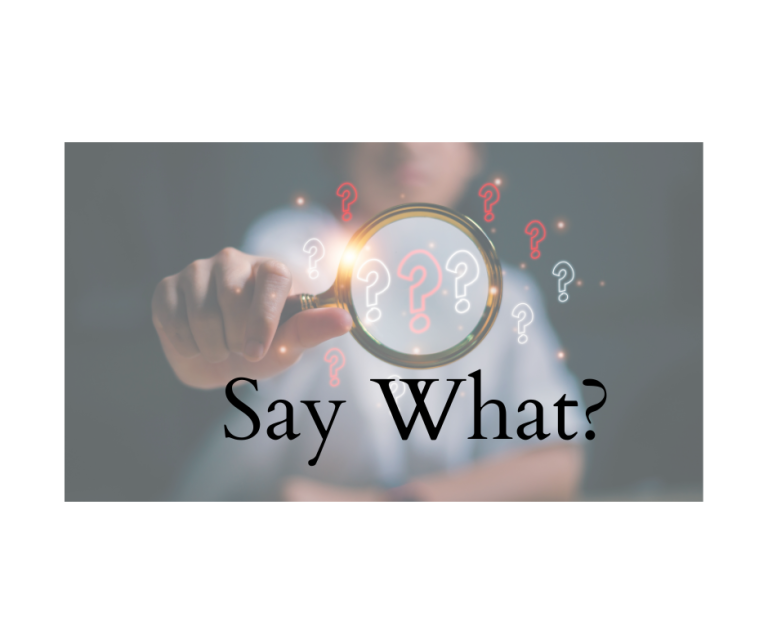They Travel in Pairs . . . Sometimes
I’m hoping to make commas less intimidating for you through these posts this month. But often there are very subtle differences in the choice of whether or not to use a comma. Whenever a comma is used to set off an element (such as “1928” or “Minnesota” in the first two examples below), a second comma is required if the phrase or sentence continues (completing the thought) beyond the element being set off. This principle applies to many of the uses for commas.
- June 5, 1928, lives on in the memories of only a handful of us.
- Sledding in Duluth, Minnesota, is facilitated by that city’s hills and frigid winters.
I often see sentences that set off a phrase in the middle but only use one comma. It’s best to check and see if you really need a pair. If you are inserting a phrase that can be removed and leaves a complete sentence with an unchanged meaning, you do need a pair of commas. These are called “parenthetical elements” that serve as an explanation or comment.
Wrong:
- When I went to the store, at the request of my mother I bought a gallon of milk.
- Sometimes, when the sun is out I go for an early run.
- He ate a huge, almost gigantic sandwich.
Correct:
- When I went to the store, at the request of my mother, I bought a gallon of milk.
- Sometimes, when the sun is out, I go for an early run.
- He ate a huge, almost gigantic, sandwich.
If you take out the middle phrase, for example, in this sentence, it still says the same thing: “When I went to the store, I bought a gallon of milk.” You bought a gallon of milk whether or not the person you are talking to knows your mom sent you. You can also write this: “When I went to the store at the request of my mother, I bought a gallon of milk.” This is also correct, but you need to be aware of the difference in emphasis. If you offset the phrase with two commas, you are implying the phrase offset is not essential information. With this new example of one comma, you are including the information about the mother’s request as important. You can also leave out both commas and write: “Sometimes when the sun is out I go for an early run.” Offsetting “when the sun is out” makes it essential to the sentence, implying that you go for a run because the sun is out. It’s all about subtle emphasis and importance.







Oh, how I love to see someone teaching grammar, Susanne! Keep it up, please. I spent a lot of my life teaching English and, while I know the language changes over time, I still hate to see errors. Well done!
I appreciate this. I see I would have made mistakes in both instances. I would have written:
“June 5, 1928 lives on in the memories of only a handful of us.”
and
“When I went to the store at the request of my mother, I bought a gallon of milk.”
Dana, the last example you gave is perfectly fine. Most of the time you do want a comma after an incomplete opening phrase like that. The way you know it’s correct is to switch the order of the two phrases, and if you can read it as a complete thought, the comma is correct: “I bought a gallon of milk when I went to the story at the request of my mother.” The example I gave was to show how to punctuate it so that the writer’s deliberate emphasis on the mother’s involvement in the action is brought out. I’m sure I have confused people more that have clarified the issue!
Thanks so much, Susanne. I would have forgotten the second comma after Minnesota. I find that a hard rule to remember. Beth
This advice pretty well echoes that which an editor / literary person told me last year, when giving me a critique. He told me – something I’ve heard before – to read the passage aloud, and that will tell you where to put in your commas. I do it all the time now.